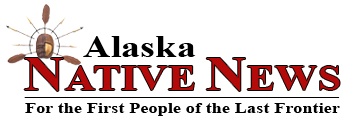The NOAA Marine Debris Program announced on Wednesday that they have provided $967,000 through the NOAA Restoration Center to support locally driven community-based marine debris prevention and clean-up. $330,000 of those monies are slated for Alaska.
The money was alotted to eleven groups across the nation out of 46 applications submitted by non-governmental oraganizations, tribes, academia, and local government agencies. the funds are for removing derelict fishing nets, litter, lumber, tires and other harmful marine debris from shorelines and coastal waters.
The Alaska Marine Stewardship Foundation will use its allocation of $210,000 to conduct clean-ups around five communities in the Bering Sea. Those villages include Port Heiden, Nelson Lagoon, Nikolski, Saint George, and Savoonga. AMSF had its beginnings in 2003 when it was created as the non-profit arm of the Marine Conservation Alliance, which is an Alaska-based fishing industry association. AMSF became independent from the Alliance in 2013 and has grown to become a leader in marine debris cleanup in Alaska.
The remainder of the funds coming to Alaska from NOAA’s Restoration Center will go to the Sitka Sound Science Center. They received $120,000 to perform clean-ups of the tsunami debris plaguing Alaska shorelines from the 2011 Japan earthquake.
Other states to receive funding for clean-up included Washington, Alabama, California, Florida, Hawaii, New York, North Carolina, and Puerto Rico.
“Marine debris plagues coastlines all over the country, and these communities have the expertise and motivation to address it,” said Nancy Wallace, Marine Debris Program director. “We are proud to support them as they work to mitigate impacts and address the damage marine debris has caused.”
The projects typically last for 24 months. NOAA’s Restoration Center is now acccepting applications for the next funding cycle, applications are due by November 1, 2013.
If you would like more information, visit https://www.habitat.noaa.gov/funding/marinedebris.html.
